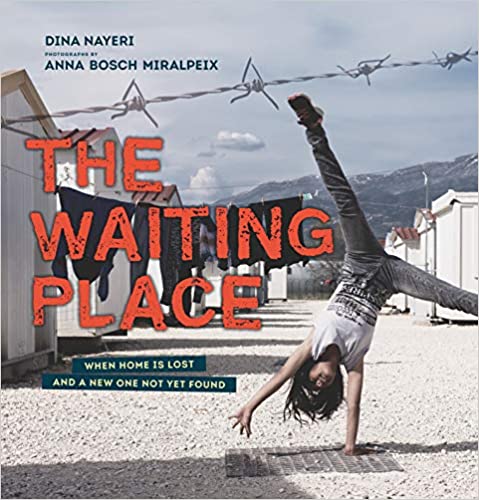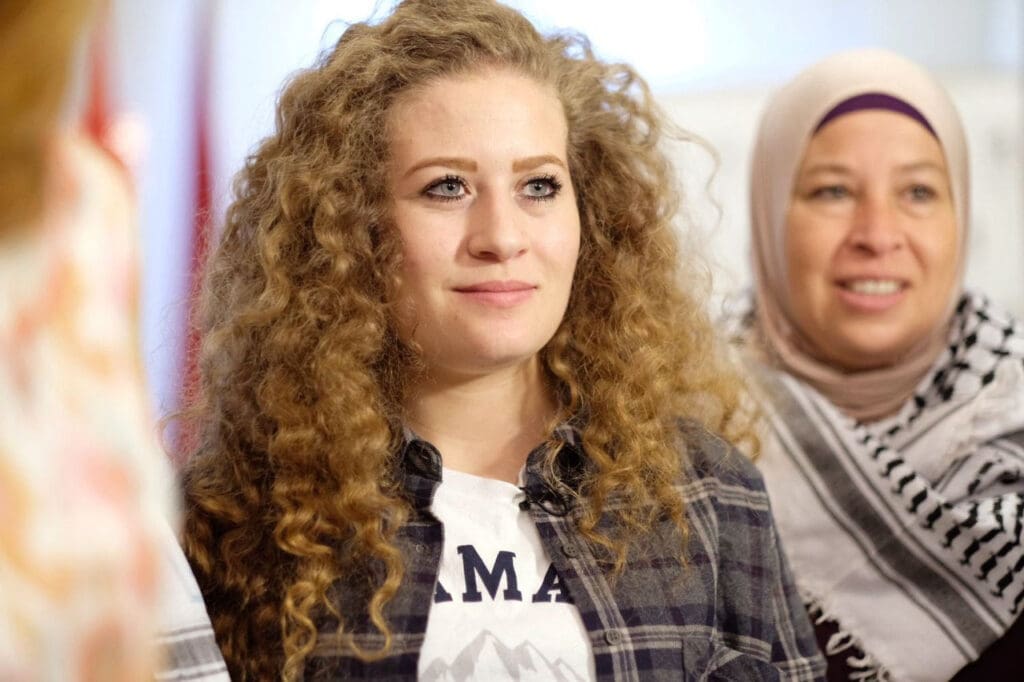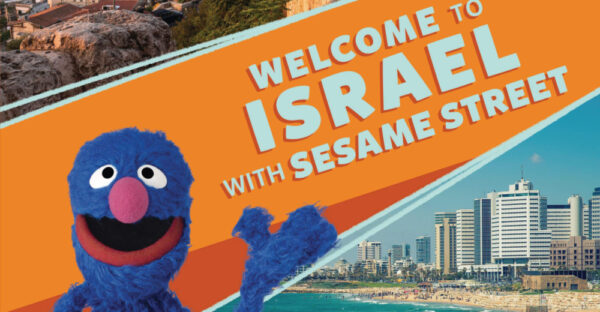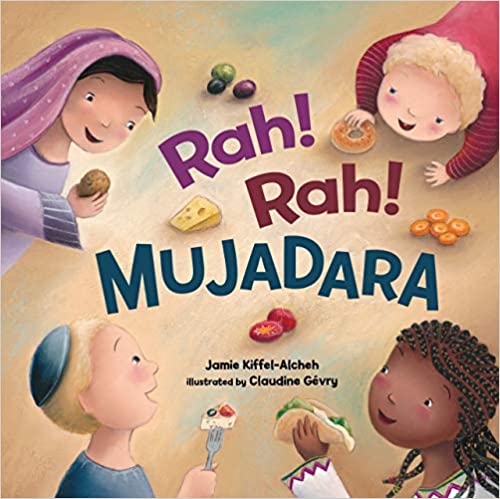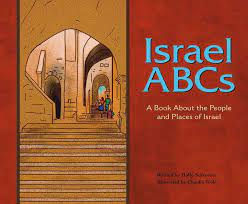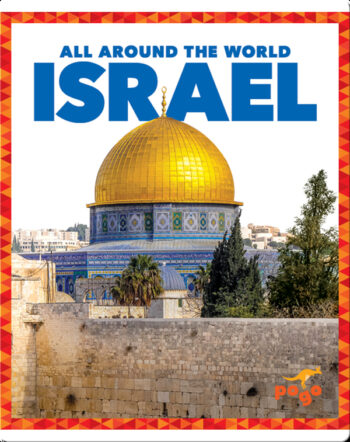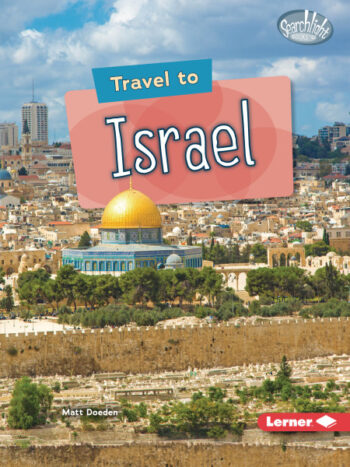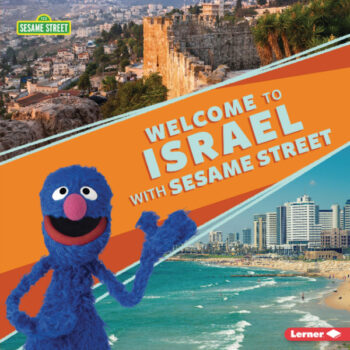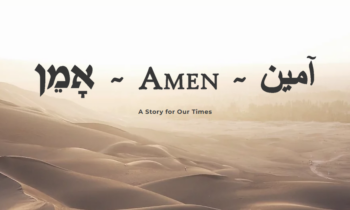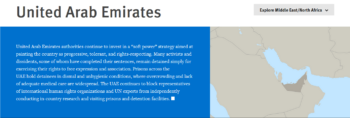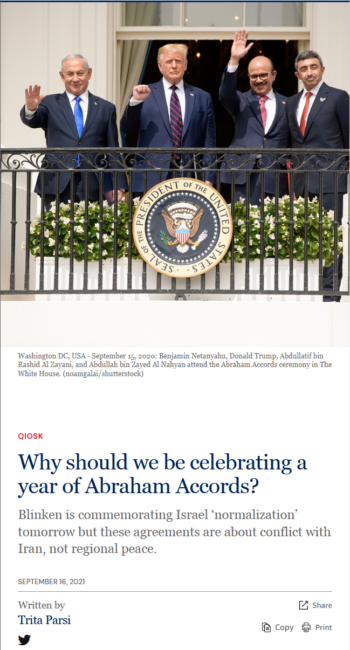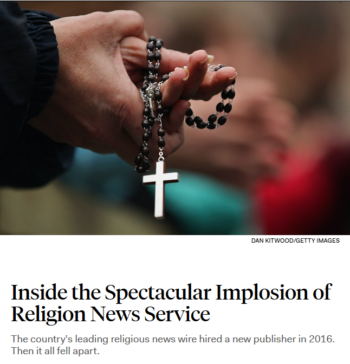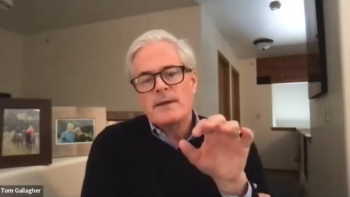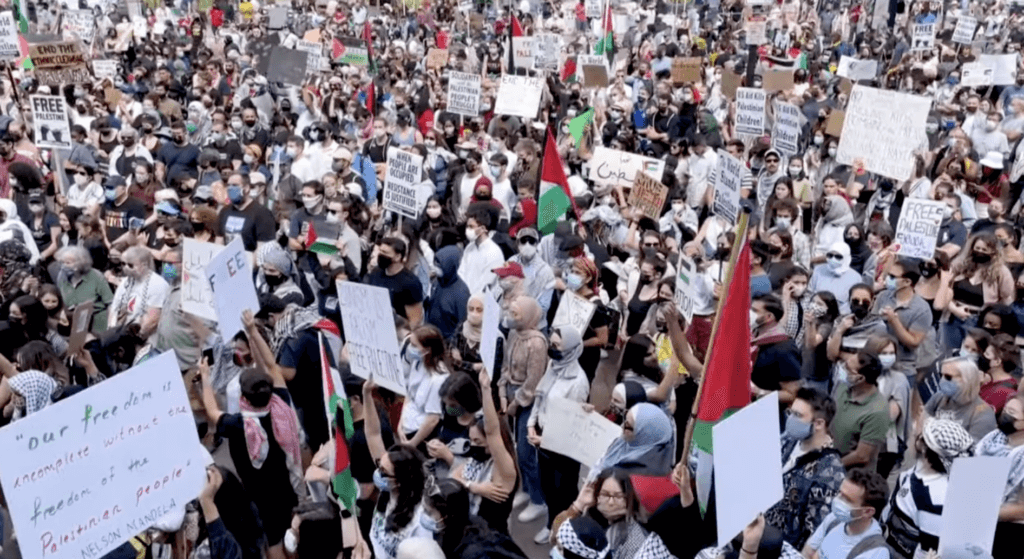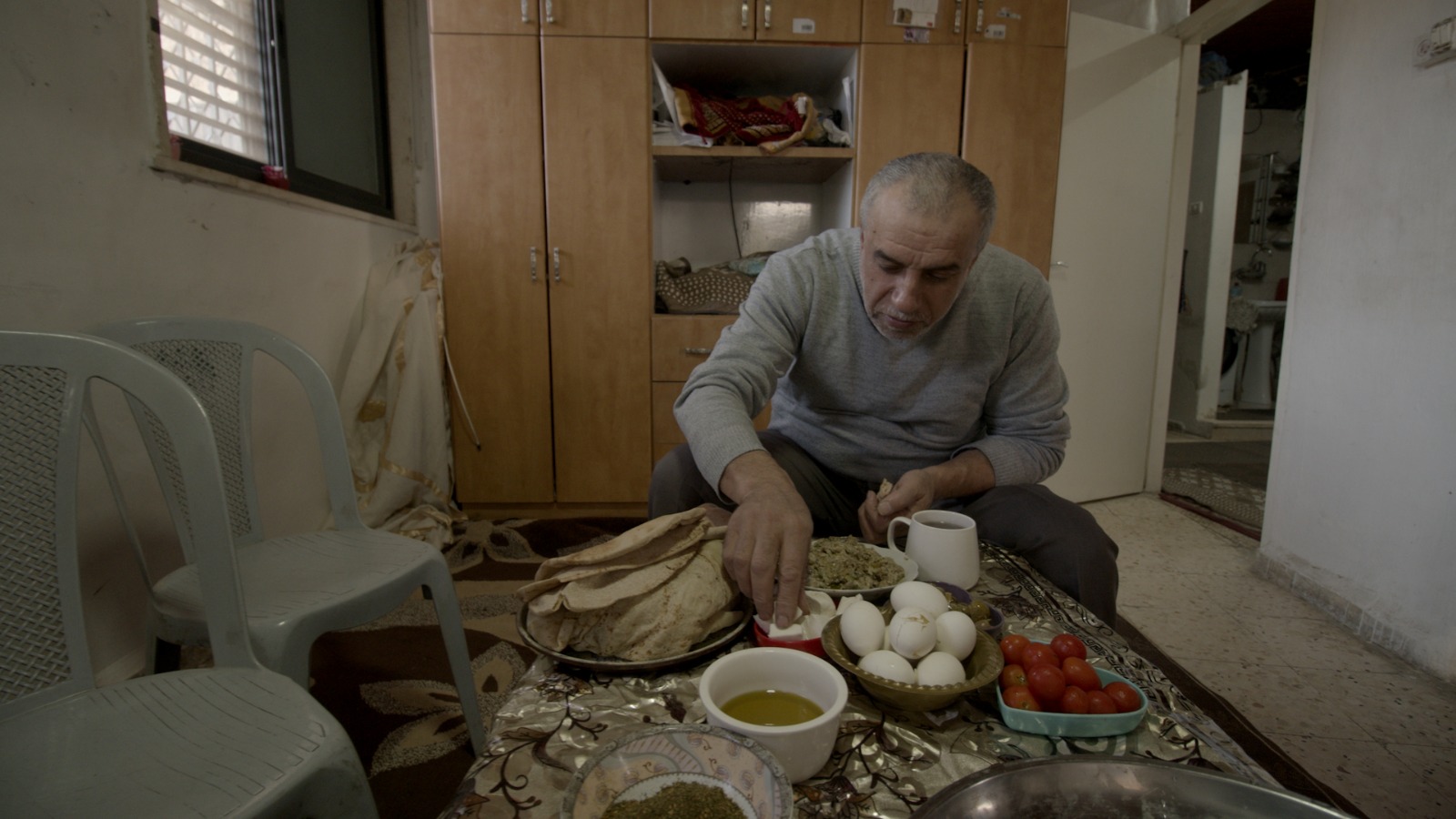 Nurredin Amro has been my friend for more than a decade. For the last eight of those years, he has been fighting to protect his home in Jerusalem from demolition by the Israeli authorities.
Nurredin Amro has been my friend for more than a decade. For the last eight of those years, he has been fighting to protect his home in Jerusalem from demolition by the Israeli authorities.
The Markaz Review has published my photo essay about Nurredin’s experience. Read it here. Please share it widely.
I’ve started a GoFundMe campaign to help raise funds for Nurredin’s legal and other expenses associated with being at risk of demolition. Support it here. Please share it widely.
Also…
It’s extremely helpful if you would contact your own elected officials (in the US, your congresspeople and senators) expressing your outrage and asking them to investigate and report back to you about Nurredin’s case. If you or they need more information, let me know. You may blind copy me if you’re willing so I can keep track of numbers, and if you get any reply, I hope you’ll let me know at nora@noralestermurad.com.
Sample text for you to pull from is below.
To Whom It May Concern,
I’ve become aware that the home of Nurredin Amro and his family in East Jerusalem has been completely surrounded by a wall, severely impeding entry and exit by Nurredin and his brother, both of whom are blind, and inconveniencing the other eight members of their family. Moreover, this escalation comes after eight years of harassment that started when the Amro home was partially demolished in 2015. During that time, many homes on the land between the vegetable market and the valley below the Mount of Olives have been demolished, the residents forced out of the neighborhood, ostensibly so that the Israeli Nature and Parks Authority can build a park.
As a justice-loving global citizen, I am appalled by Israel’s blatant disregard for human rights and morality in this case, and many others in which Palestinians are being forced out of Jerusalem, despite their demonstrated relationship to the land going back generations. East Jerusalem is occupied and forcible transfer within the framework of occupation is a war crime! I therefore call upon you to cease all harassment against the Amro and other families in the Sawanna area and allow them to live in peace and security with dignity.
Please respond to me with confirmation of what you intend to do in Nurredin’s case. I plan to keep members of my community and my elected representatives informed.
Thank you so much. Your support makes a difference. I promise you.
